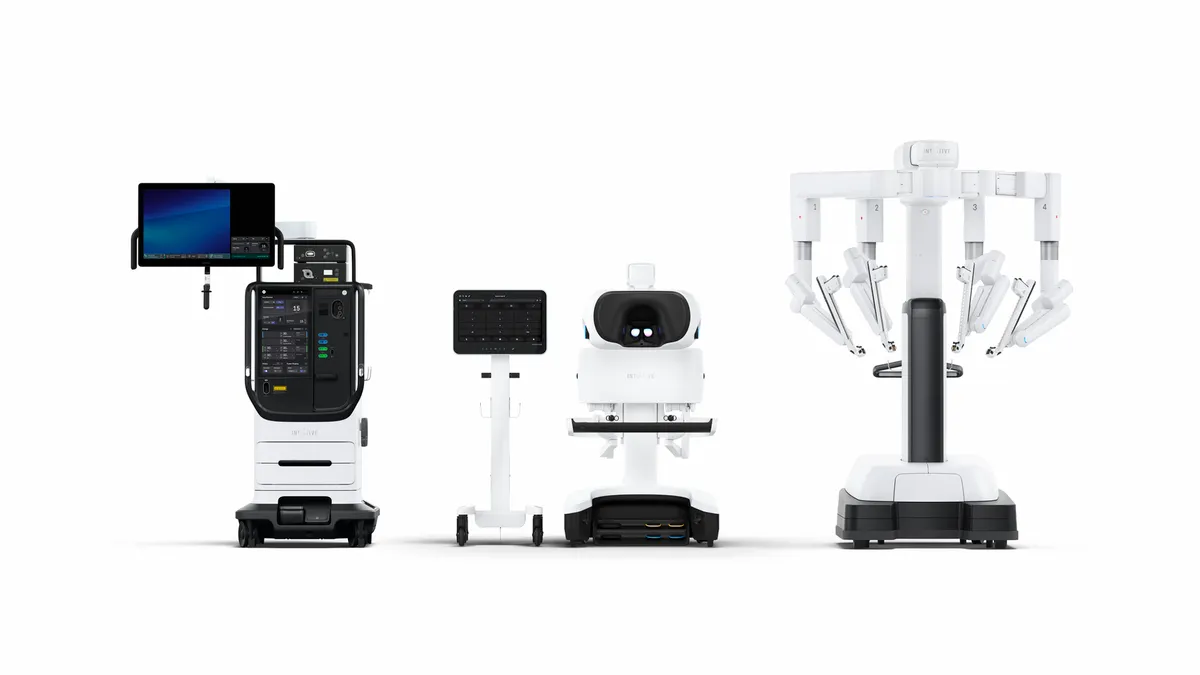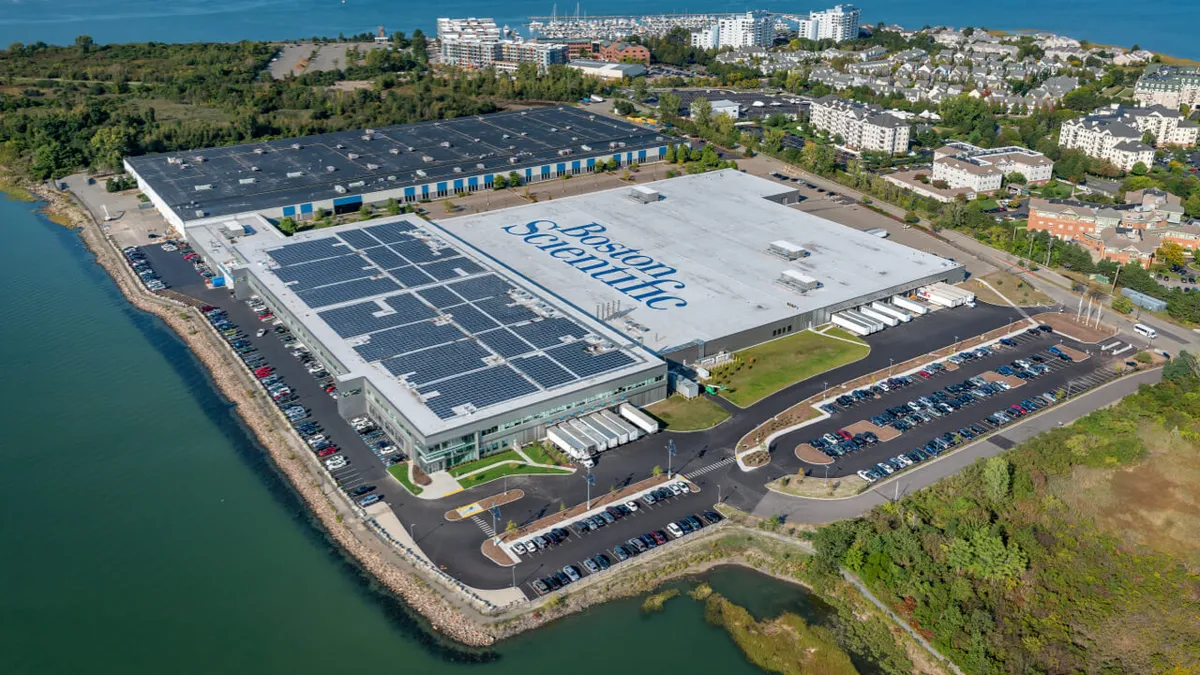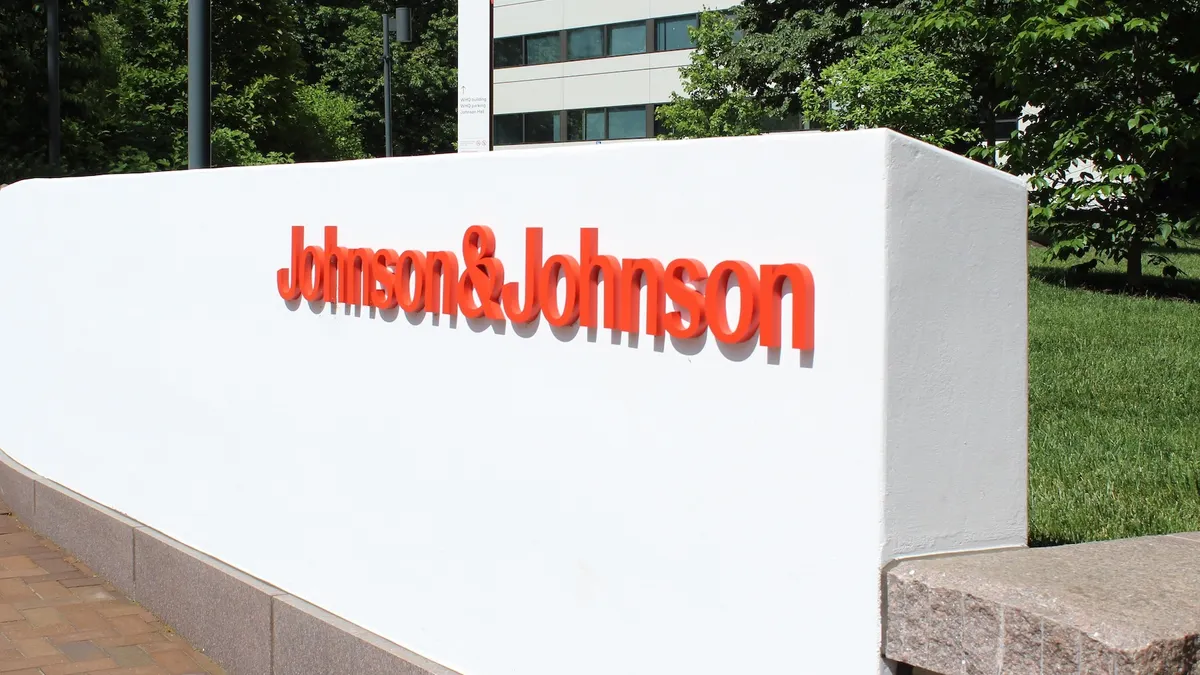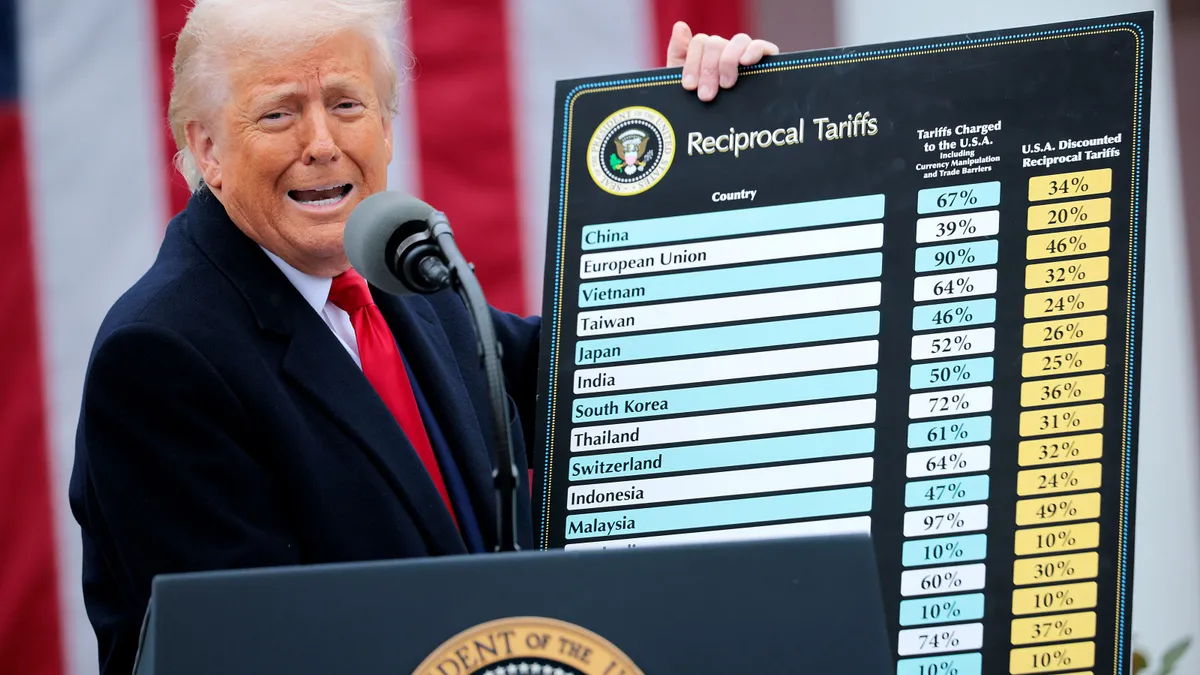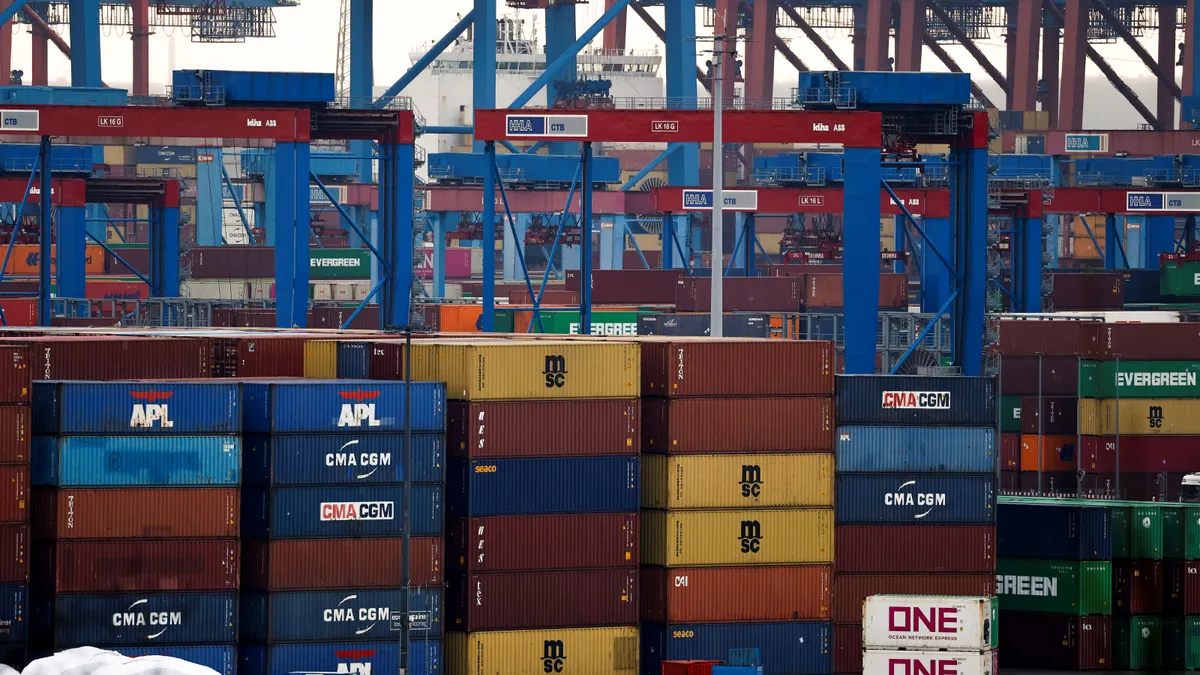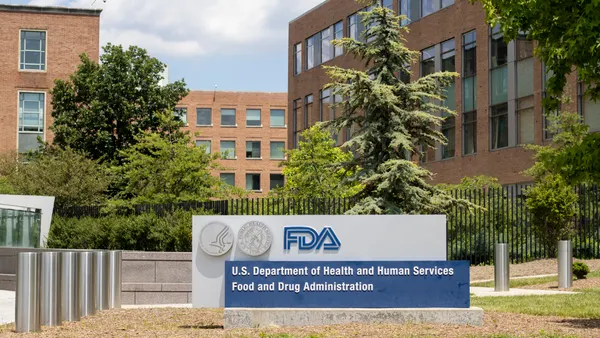Philips has predicted tariffs will have a net impact of up to 300 million euros ($340 million) this year despite the company taking “substantial” steps to mitigate the effects.
The prediction, which Philips made in its first-quarter earnings Tuesday, led the company to lower its forecast full-year margin range by one percentage point. Philips is assuming bilateral U.S.-China tariffs stay in place and paused U.S. tariffs on other countries resume. The forecast excludes the potential wider economic impacts of tariffs and trade tensions.
Tariffs between the U.S. and China account for most of the impact, Philips CFO Charlotte Hanneman said on an earnings call with investors. Philips expects that tariffs will have a “more pronounced effect in the second half of the year,” Hanneman said, and the diagnosis and treatment and personal health units will be more affected than the connected care business.
Hanneman said Philips is trying to limit the impact of tariffs by “optimizing network flexibility, effective inventory management, pursuing exceptions [and] selective pricing.”
CEO Roy Jakobs shared more details about how Philips is changing its manufacturing network to soften the blow, explaining that the current situation requires the company to accelerate the localization of production in the U.S.
“We are leveraging our current footprint to expand. That's the fastest way we can mitigate, given the approval cycles and the regulatory processes, because you have then the quality management systems in place that you can use,” Jakobs said. “We have a strong footprint that we will leverage for the max to kind of ensure we can do it with speed and also with lower cost and lower capital requirements.”
The program will build on existing efforts to localize production. Manufacturing in China is already 90% localized, Jakobs said, and Philips is pursuing Europe for Europe and Americas for America policies. The efforts are intended to dull the impact of tariffs in 2025 and beyond, with Hanneman predicting that the benefits of the actions will increase over time.
China challenges continue
Philips provided an update on its performance in China, which has dragged on the company’s results in recent quarters. Double-digit drops in sales across all Philips’ businesses in China caused comparable revenues to fall 2% in the quarter. Philips also reported a drop in orders in China.
The company’s struggles in China began in the second half of 2024 and, as such, the second half of 2025 will benefit from easier comparisons to the prior year. However, while Philips expects growth to improve because of the easier comparisons, Hanneman said the company is “not betting on a rebound” in the country in the second half of 2025 and is taking a cautious view of the market for the rest of the year.








